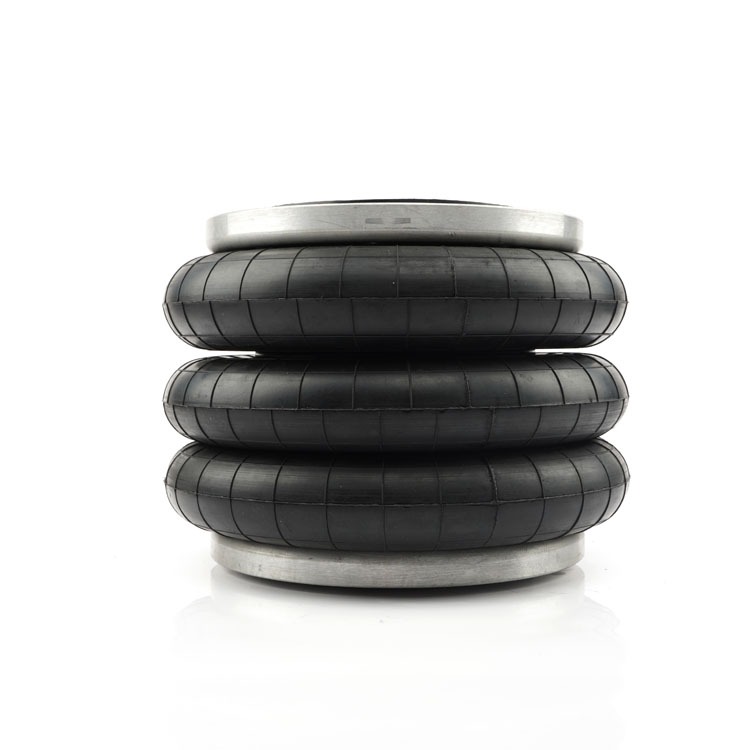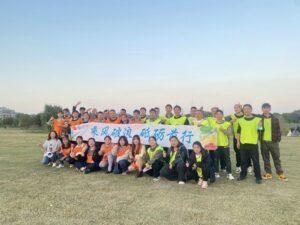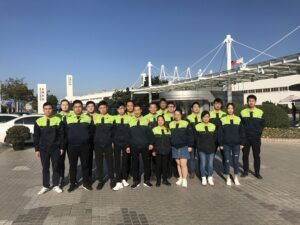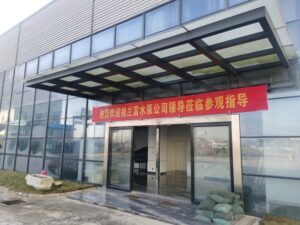Triple Convoluted Air Spring: What Are Its Features and Applications?
Excessive vibration can damage machinery, reduce efficiency, and increase maintenance costs. Traditional damping solutions often fail to provide long-term stability, leading to frequent replacements. Triple Convoluted Air Spring offers superior vibration control, enhanced load-bearing capacity, and improved operational efficiency.
A Triple Convoluted Air Spring is a high-performance rubber air spring designed to provide exceptional shock absorption and vibration isolation. It is widely used in air springair vibration isolator systems for industrial equipment, commercial vehicles, and heavy machinery. Its flexible, adjustable structure allows for precise load control and superior damping.
Let’s explore the characteristics, advantages, and applications of Triple Convoluted Air Springs in various industries.
What is a Convoluted Air Spring?
A convoluted air spring is a type of rubber air spring designed for shock absorption and vibration control in mechanical systems.
These springs come in single, double, or triple convoluted designs, each offering varying degrees of flexibility and load support. The Triple Convoluted Air Spring stands out for its high compressibility and superior vibration isolation.
- Construction: Made from high-durability rubber and reinforced layers.
- Main Function: Absorbs shock, reduces vibration, and minimizes noise.
- Common Applications: Commercial vehicle suspensions, industrial machinery, and HVAC systems.
What Are the Applications of Air Suspension Technique?
Air suspension technology utilizes air shock absorbers and air springs to provide a smoother ride and improved vibration control.
This technology is widely used in the automotive, railway, and industrial sectors to enhance stability, reduce wear and tear, and optimize performance.
- Automotive: Used in trucks, buses, and luxury cars for improved ride comfort.
- Rail Transport: Enhances stability in subways and high-speed trains.
- Industrial Equipment: Reduces vibration in compressors, stamping machines, and testing platforms.
What Are the Properties of Air Springs?
Air springs offer unique mechanical properties that make them ideal for heavy-duty applications.
Key properties include adjustability, high durability, shock-absorbing capabilities, and lightweight construction, making them superior to traditional suspension systems.
- Adjustability: Air pressure can be regulated to meet different load demands.
- Durability: Built with reinforced rubber and metal end plates.
- Shock Absorption: Reduces mechanical wear and improves system longevity.
What Are Two Reasons for Using an Air Spring?
Air springs are widely used due to their effective shock absorption and load-bearing capabilities.
The two primary reasons for using air springs are their ability to minimize vibrations and extend equipment lifespan, making them essential in transportation and industrial applications.
- Vibration Reduction: Protects sensitive equipment from impact forces.
- Enhanced Load Support: Prevents structural damage by evenly distributing loads.
What Are the Characteristics of Air Springs?
The effectiveness of air springs lies in their distinctive characteristics.
These include quick response time, high flexibility, customizability, and long service life, making them ideal for dynamic environments.
- Fast Response: Adjusts quickly to changing loads.
- Customizable Design: Available in different sizes and configurations.
- Operational Efficiency: Reduces downtime and maintenance costs.
What Are the Disadvantages of Air Springs?
Despite their many advantages, air springs also have some limitations.
The main disadvantages include higher maintenance costs, dependency on an air supply, temperature sensitivity, and complex installation requirements.
- Maintenance Costs: Regular inspections and replacements may be required.
- Air Supply Dependency: Requires an external compressor system.
- Temperature Sensitivity: Extreme heat or cold can affect performance.
How Does Triple Convoluted Air Spring Compare to Traditional Air Springs?
Triple Convoluted Air Springs outperform traditional air shock absorbers in many aspects.
Compared to single and double convoluted air springs, Triple Convoluted Air Springs offer greater compression, wider load capacity, and better vibration control.
- Superior Shock Absorption: Allows for higher compression levels.
- Broader Application Scope: Suitable for heavy-load and high-impact conditions.
- Enhanced Durability: Made with high-quality materials for extended lifespan.
Summary
Triple Convoluted Air Springs provide unmatched shock absorption, load adaptability, and vibration isolation, making them a preferred choice in multiple industries. Their versatility and efficiency ensure optimal performance in air suspension, industrial damping, and heavy machinery applications.






